Looking back at Xiaomi's surging chips, we can see why Zheku disbanded
OPPO's treasure trove is gone, and the team is disbanded in place.In fact, the best outcome is to dissolve in place, as no company in China can package and accept a team of over 3000 people
OPPO's treasure trove is gone, and the team is disbanded in place.

In fact, the best outcome is to dissolve in place, as no company in China can package and accept a team of over 3000 people.
After this incident, say something later. Please correct any shortcomings.
OPPO did not learn from Xiaomi's lessons back then
In fact, before OPPO, Xiaomi had already acquired a mobile phone processor: the surging S1. Although this processor is made of pine nuts and only labeled as Xiaomi, Xiaomi at least invested in it and mass-produced it, placing it on the phone.
On February 28, 2017, the Xiaomi 5C was released, equipped with the surging S1, a 28nm process, four A53 large cores at 2.2GHz, and four 1.4GHz small cores.
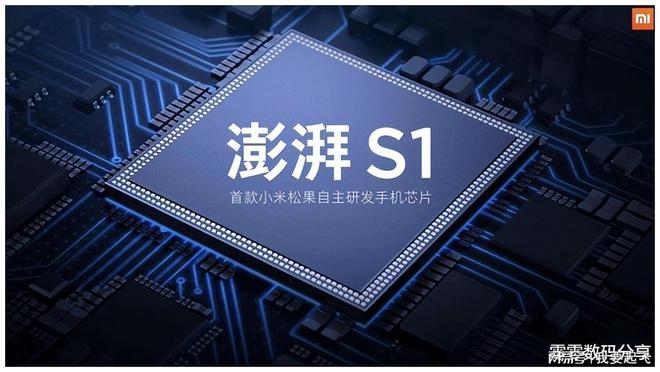
In 2017, when the mobile phone manufacturing process was not yet very aggressive, Xiaomi had a relatively lower difficulty in developing a processor and spent less money compared to the current OPPO.
However, after the surging S1, the S2 series lost its sound. It is said that the chip failed during the process of casting, and there was redundancy in the design of the chip. Even if there were problems, there was room for improvement. It may be that the success of the surging S1 led to the team's blind confidence and the lack of ECO for direct casting, leading to the failure of the casting. There were no double blessings, and disasters never come singly. The second and third consecutive casting failures led to the entire project entering a dead end. After the last casting failure, there was no news of the surging S2 coming back to the market.
In fact, even with the mass-produced surging S1, although paper data may seem reasonable, the sales of the Xiaomi 5C are not good. Although the appearance is good, the performance is really average, much worse than that of MediaTek at the time. (A female college student who doesn't place great importance on the performance of a mobile phone has bought it and provided feedback that it won't work for about a year, causing a high fever and severe lag.)
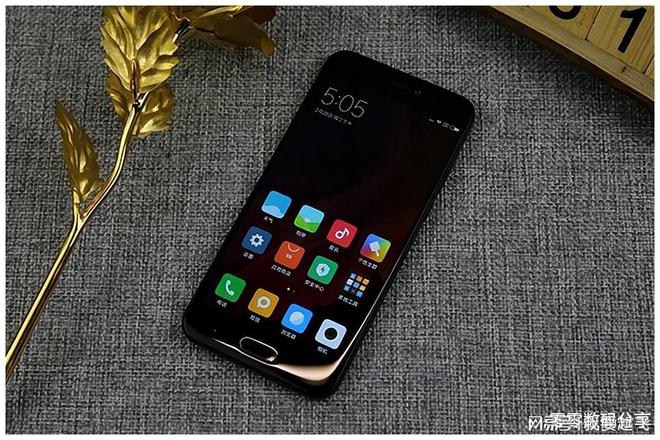
Xiaomi 5C
The Pengpai S2 is said to use a 10nm process, but the reason for the failure is not only due to chip failure, but also due to the difficulty in balancing cost and price. The same performance, including R&D and production costs, is even more expensive than purchasing Snapdragon chips, and the price of mobile phones will be uncontrollable. Xiaomi is not Huawei, and there is no way to sell such chips at a suitable price.

Compared to Xiaomi, OPPO may be more wealthy, but the pitfalls that Xiaomi has stepped on require OPPO to go through them again, and the cost is higher.
The first pit is the cost of commercial use.
A successful streaming does not mean that the processor will soon become commercially available. Various adaptations are needed later, and a lot of debugging work needs to be done. Successful streaming only means that this is a usable processor. Whether it meets the standards for commercial use, whether it can be mass-produced, and what is the difference compared to processors on the market? Is it easy to use. No one knows.
It took several years for Americans to transition from the laboratory to large-scale use of penicillin. The same goes for placing it on a mobile phone chip. Success in the laboratory does not necessarily mean that it is a product that can be immediately commercialized.
The second pit is the cost of sales.
Xiaomi 5C1499S2
7Xiaomi 5C
OPPO will also face this problem. Zheku has made the processor, and what is the price? If the price is set high, there is a high probability that it will not be able to compete with Qualcomm and MediaTek in terms of performance. Consumers won't buy it, but if the price is set low, OPPO will essentially offer a discount for each unit sold. Can we afford it? (Don't expect consumers to buy a junk product for the sake of so-called sentiment. The premise for Huawei to express sentiment is that Huawei's own product technology is excellent. Huawei's first few generations of phones equipped with self-developed processors relied on operators to sell, deliver, and clear goods.)
The third pit, the pit of technology.
Huawei was able to succeed because it started as a telecommunications company and has its own complete set of technologies. Huawei can solve all the problems related to mobile phone processors, such as baseband. Currently, Huawei does not have chips because the production side cannot do it. But is OPPO okay? Even though OPPO had accumulated more technology than Xiaomi at the time, many key technical issues could not be solved by OPPO, and many patents could not be bypassed. How much time does OPPO need to spend overcoming these technical challenges? How much will it cost?
OPPO is even better than Samsung?
Samsung doesn't even use the public architecture and relies on itself. The Orion processor has given up using the public architecture since 2016 and turned to self-developed Mongoose architecture.
However, the ideal is very fulfilling, and the reality is very skinny. In 2019, Samsung announced that it would give up using its own mongoose architecture and instead use the public version of the ARM architecture. Is money comparable to apples? Sorry, the baseband issue with the Apple A-series processor has not been resolved yet, and Qualcomm's baseband is still being externally installed.
The fourth pit is the cost of iteration.
No matter how well designed Zheku's processor is on paper, the real product will definitely be a product that has fallen behind since it was first launched. This has already been experienced by mobile phone manufacturers such as Huawei and Samsung.
Huawei and Samsung have basically undergone three or four years of stable iteration before producing a product that can barely match the performance of Qualcomm and MediaTek products.
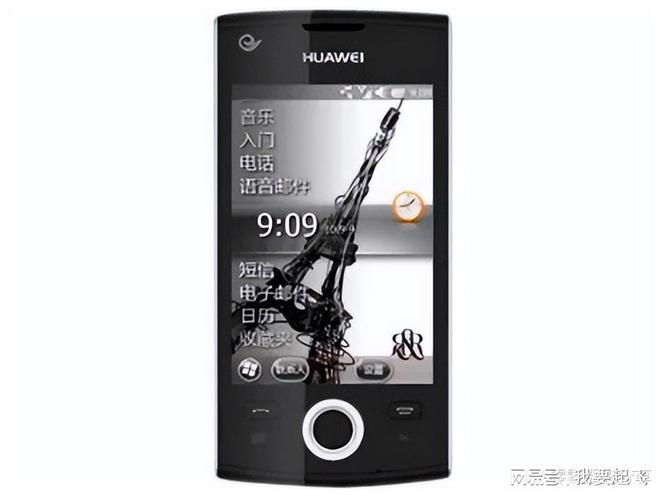
The first generation K3VI of Huawei was only a flash in the pan on Huawei's own C8300 (Huawei doesn't even want to use it).
In 2012, Hua Wei took out the K3V2 and used it on his own mobile phone. However, Yu Chengdong himself admitted that this device was seriously lagging behind other chips at the time.
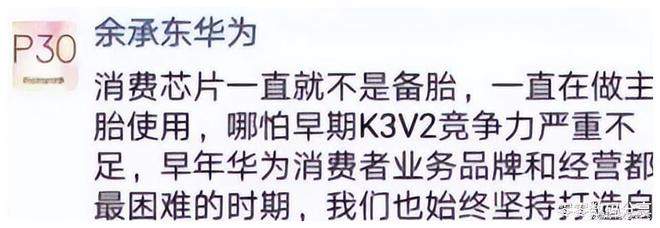

Huawei started in 2009 and only emerged on the Kirin 910 in 2014.
Can OPPO be stronger than Huawei?
The OPPO Zheku project, even if designed with a 4nm process, can produce products comparable to Qualcomm and MediaTek? An impossible thing. That's true. Huawei Hiss was a pure waste of money back then.
So, OPPO needs to bear the cost of continuous product iteration for at least three to four years, which is huge. On the one hand, we have to sell at a discount, and on the other hand, we also need to spend money on iteration. Can OPPO handle it? Xiaomi had a problem iterating to S2 back then, so the mobile phone processor project ended up dead.
In fact, Xiaomi had already stepped through all the pitfalls that beginners could step into when making chips, but OPPO may still be confident that they can be stronger than Xiaomi.
Is there a difference between OPPO now and Xiaomi back then
If we really want to say, there is no fundamental difference between OPPO, which is now making processors, and Xiaomi, which was just like a young and foolish person back then.
The only difference is that OPPO has more money than Xiaomi.
In 2017, Xiaomi had only been working on mobile phones for 6 years and started working on mobile phone processors like a young man. But what was Xiaomi like at that time? Not long after the mobile phone business was on the right track, it was occasionally criticized for not having much say in the supply chain for hunger marketing. The vast majority of the entire group's business was supported by mobile phones.
The current OPPO is the same, and the quality of life depends entirely on the sales of mobile phones.
At the beginning of the Zheku project, the OPPO mobile phone market was still quite good, so the terms offered were very attractive and people were being lured everywhere.
OPPO's offline layout sells much better than Xiaomi, so it earns more money than Xiaomi. However, if a company's lifeline is supported by a single business, it will inevitably be greatly influenced by the market. So Zheku has reached a critical moment. In the past two years, the mobile phone market has not been very good, and OPPO has made less money.
This can be seen from the video of the Zheku conference.
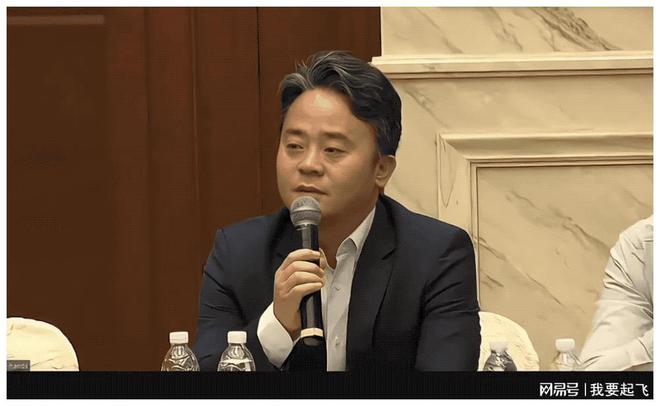
Original words of the meeting: Liu Jun, CEO of Zheku:
Hello everyone, this is a very important meeting for all members of the Zheku team. Five or four years ago, the Mariana project was also launched in May. I remember that there were only me and Jeffery at that time. During these four years, a wave of people with sincere dreams of making and doing chips joined the Zheku business from around the world.
In these four years, three years of the pandemic and 1500 days and nights are vividly visible. We often encourage each other, which is actually a feedback from our peers from the outside world. This is a very excellent team, and we have done remarkable things together. However, the big family knows that the global economy and mobile phone industry are currently extremely pessimistic, and the company's overall revenue is far from meeting expectations. In such a situation, a huge investment in chips would be unaffordable for the company.
So I regret to make an announcement here: after careful discussion, the company has decided to shut down Zheku and terminate its chip business.
Simple understanding: OPPO is now making less money in its mobile business, while the Zheku project is spending more and more money. The company can't afford it, so stop it.
Why, as everyone who runs a company knows, the biggest fear for a boss is a cash flow interruption.
OPPO is now abandoning Zheku, but their biggest fear is that they will burn up their cash reserves. The mobile phone market has not rebounded, revenue has declined, and future money has not yet arrived. However, the Zheku project has burned the company's real cash reserves, which have been accumulated for many years. Is this project waiting for tens of thousands of people in the entire company to go bankrupt and lose their jobs due to the cash flow interruption of the chip project?
So why don't you just break your wrist and give some severance pay so that everyone can get together and disperse.
Why did Xiaomi give up the surging S2 at that time? The simplest thing was that they couldn't afford to burn the money anymore. Lei Jun could no longer raise funds, but it wasn't enough to burn it. The chip project, which burns money in all aspects, didn't have a strong internal blood supply mechanism, and there were various technical barriers. It was only a matter of time before it stopped. Xiaomi had a weak foundation at the time, so she stopped early. It's not that he doesn't want to work hard, it's just that his strength doesn't allow it. If we keep going, the company may be gone. Are you the boss?
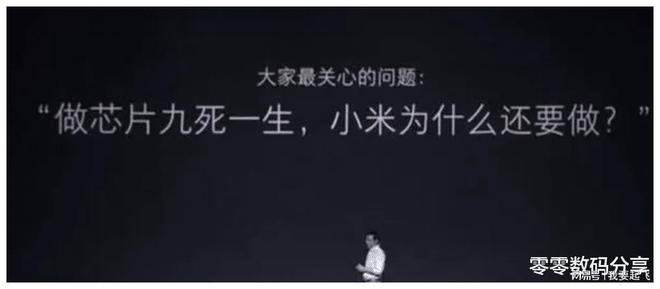
A close call to death, done it, failed
Is there any sanction factor? There may be some, but the cessation of the project is not direct.
It's very simple. When the OPPO project started, the United States had already imposed sanctions on Huawei. OPPO executives would not have made a serious mistake in judging this matter. If that's the reason, then the entire group's executives should step down as soon as possible.
As for Qualcomm's small report? First of all, can Zheku's project surpass MediaTek's 4NM Tianji series? If not, Qualcomm will not take Zheku seriously.

There are also Samsung and MediaTek processors in the market, but there are still many domestic companies, not just Huawei. Qilin was sanctioned because its performance has partially surpassed Qualcomm's, affecting Qualcomm's business. Therefore, sanctions not only benefit Qualcomm, but also have a greater impact on Huawei.
However, what threat will Zheku, a small company that has just entered the streaming stage, pose to Qualcomm? Qualcomm started by making chips and didn't know the risks involved? He can look at Zheku and say no to himself.
For OPPO, the risk of sanctions certainly exists, but this is not the main factor.
When no one else was ready for sanctions, OPPO couldn't hold out on its own.
For private enterprises, the primary task is to survive, then to make money, and the third is to engage in research and development.
The prerequisite for conducting research and development is that you can make money. If you can't make any money, no matter how much you invest in the early stage, you need to stop losing immediately.
To put it bluntly, it's not easy for OPPO to earn 10 billion from selling smartphones, but it's not difficult to make chips and burn 10 billion.
Tag: Looking back at Xiaomi surging chips we can see
Disclaimer: The content of this article is sourced from the internet. The copyright of the text, images, and other materials belongs to the original author. The platform reprints the materials for the purpose of conveying more information. The content of the article is for reference and learning only, and should not be used for commercial purposes. If it infringes on your legitimate rights and interests, please contact us promptly and we will handle it as soon as possible! We respect copyright and are committed to protecting it. Thank you for sharing.


